Art lovers rejoice: Google is enemas eroticism blogsputting its algorithmic might to work on behalf of artistic discovery.
The Google Arts & Culture App released three new Artificial Intelligence "experiments" on Wednesday. The experiments were developed in Google's Arts & Culture lab in Paris, where Google explores how machine learning can enhance our understanding of and access to art.
SEE ALSO: This app tells you which museum art you look like and it's way too realAll of the new experiments involve new tools that allow users to search and discover art and photography in otherwise overwhelming or inaccessible artistic archives.
"Each of these experimental applications runs AI algorithms in the background to let you unearth cultural connections hidden in archives," Damien Henry, the experiments team lead at the Google Arts & Culture Lab, wrote in a blog post.
Google's art-oriented app gained popularity (and notoriety) when users discovered the feature that matched their selfies with famous works of art. Some of the pairings were spot on, some were hilarious, and some were more than a little bit racist. But the app has many other features that allow users to explore museum collections around the world, learn about art, and more.
The first of Google Arts & Culture's new experiments called Art Palette may excite fashion, home decor, and design lovers. App users can select several colors as their palette, and the app will then generate classic and modern artwork that conforms to the palette — creating a digital mood board of sorts. Google even got designer Paul Smith to try out the feature to demonstrate how it can inspire fashion design. Smith is famous for color in his own right — the much photographed pink wall in Los Angeles is part of the designer's flagship location.
The next experiment provides impressive access to American history and culture. From introducing readers to Gandhi to covering the war in Vietnam, LIFE Magazine famously captured some of the most iconic moments of American history over the last century. But according to Google, LIFE has an archive that "stretches 6,000 feet (about 1,800 meters) across three warehouses." To make these archives more accessible, Google has introduced Life Tags, which allows users to search and find LIFE's photos by topic. Pretty nifty.
 Original image has been replaced. Credit: Mashable
Original image has been replaced. Credit: Mashable The last of the three seems like a boon to the art world and to lovers of modern art. Apparently, MoMa has 30,000 photos that document its exhibitions since its opening in 1929. Unfortunately, the photographs don't actually name the specific works of art and artists featured in the exhibits. So Google used machine learning to identify the works of modern art in the photos, and "helped turn this repository of photos into an interactive archive of MoMA’s exhibitions."
Are these experiments useful? Perhaps, if you're looking for something specific, or are searching for inspiration.
But these tools are also...fun. And engaging with art isn't usually about utility; instead, it's about beauty, knowledge, and that intangible something that encountering a stunning work of art inspires. Frankly, it's pretty awesome that a huge company like Google — developer of some of the most efficient and useful innovations of our time — puts any amount of resources into art for the sake of art, inquiry, and creation.
"We hope these experimental applications will not only lead you to explore something new, but also shape our conversations around the future of technology, its potential as an aid for discovery and creativity."
Topics Artificial Intelligence Google
(Editor: {typename type="name"/})
 Razer Kishi V2 deal: Snag one for 50% off
Razer Kishi V2 deal: Snag one for 50% off
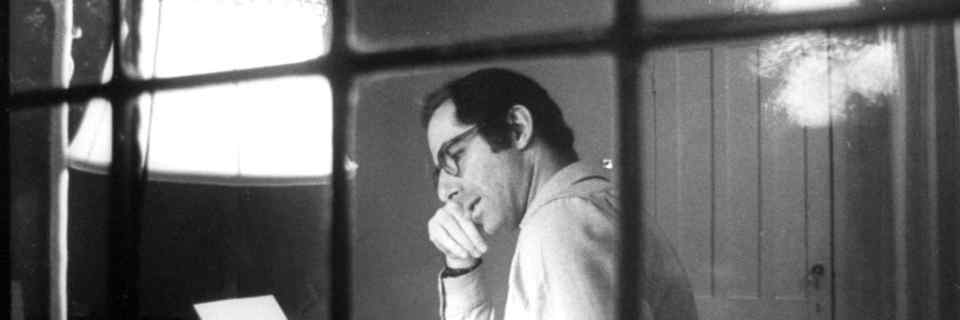 Will There Ever Be Another Writer Like Philip Roth?
Will There Ever Be Another Writer Like Philip Roth?
 May ’68: Posters of the Revolution
May ’68: Posters of the Revolution
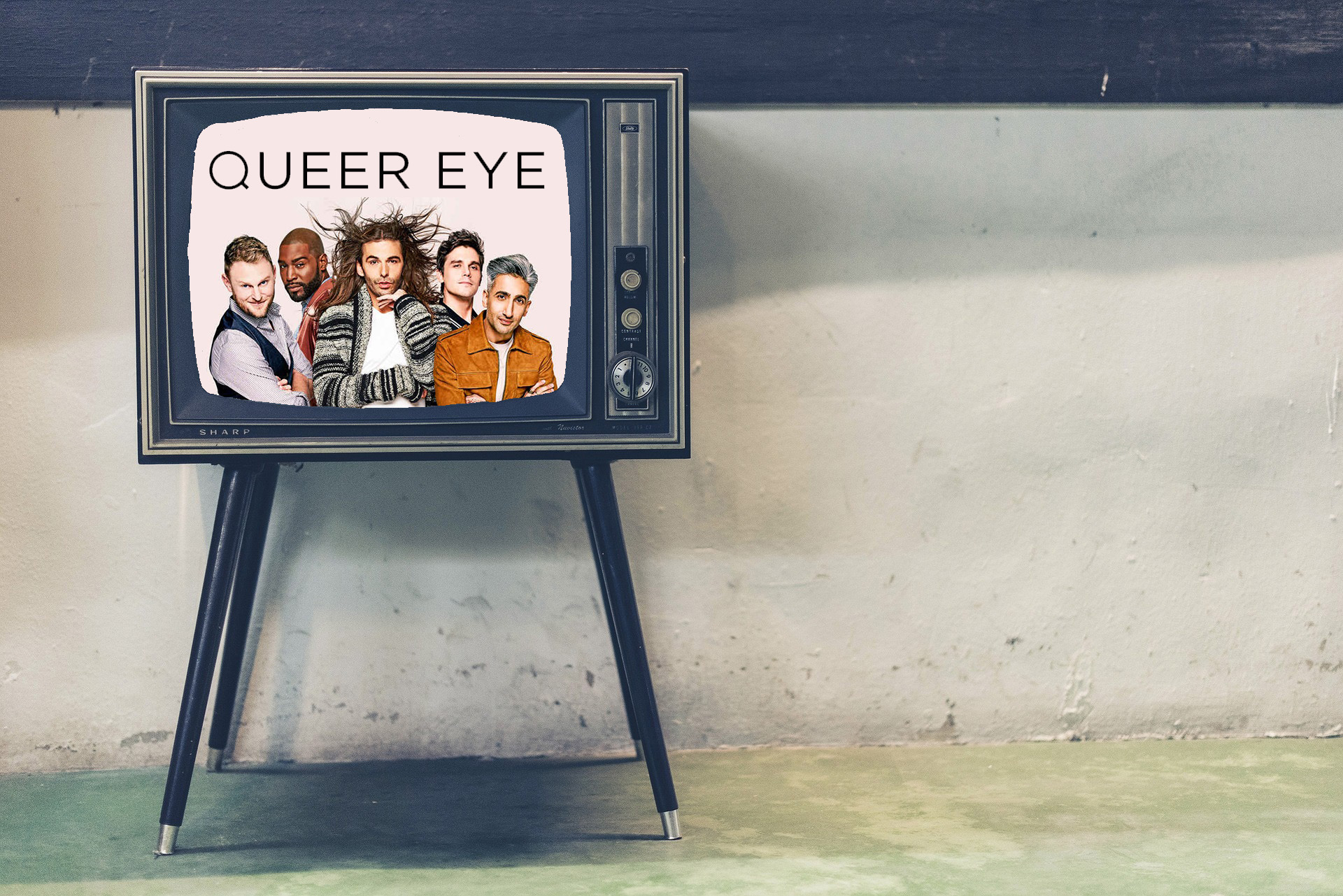 A Gentler Reality Television
A Gentler Reality Television
Best Beats deal: Save $50 on Studio Buds at Best Buy
 SAVE $50:As of Feb. 27, the Beats Studio Buds are on sale at Best Buy for $99.99. That's 33% off the
...[Details]
SAVE $50:As of Feb. 27, the Beats Studio Buds are on sale at Best Buy for $99.99. That's 33% off the
...[Details]
Lilac, the Color of Fashionable Feelings
 Lilac, the Color of Half Mourning, Doomed Hotels, and Fashionable FeelingsBy Katy KelleherMay 9, 201
...[Details]
Lilac, the Color of Half Mourning, Doomed Hotels, and Fashionable FeelingsBy Katy KelleherMay 9, 201
...[Details]
Staff Picks: Kendrick, Cardi Covers, and Cautionary Tales
 Staff Picks: Kendrick, Cardi Covers, and Cautionary TalesBy The Paris ReviewApril 20, 2018This Week’
...[Details]
Staff Picks: Kendrick, Cardi Covers, and Cautionary TalesBy The Paris ReviewApril 20, 2018This Week’
...[Details]
Tchaikovsky’s Cure for All That Ails (the Stomach)
 Tchaikovsky’s Cure for All That Ails (the Stomach)By Pyotr Ilich TchaikovskyMay 7, 2018Correspondenc
...[Details]
Tchaikovsky’s Cure for All That Ails (the Stomach)By Pyotr Ilich TchaikovskyMay 7, 2018Correspondenc
...[Details]
Best AirPods deal: Save $50 on AirPods Pro 2
 SAVE $50:As of Feb. 21, Apple AirPods Pro 2 are on sale at Amazon for $199. That's 20% off their lis
...[Details]
SAVE $50:As of Feb. 21, Apple AirPods Pro 2 are on sale at Amazon for $199. That's 20% off their lis
...[Details]
Staff Picks: Smugglers, Lovers, and Dead Husbands
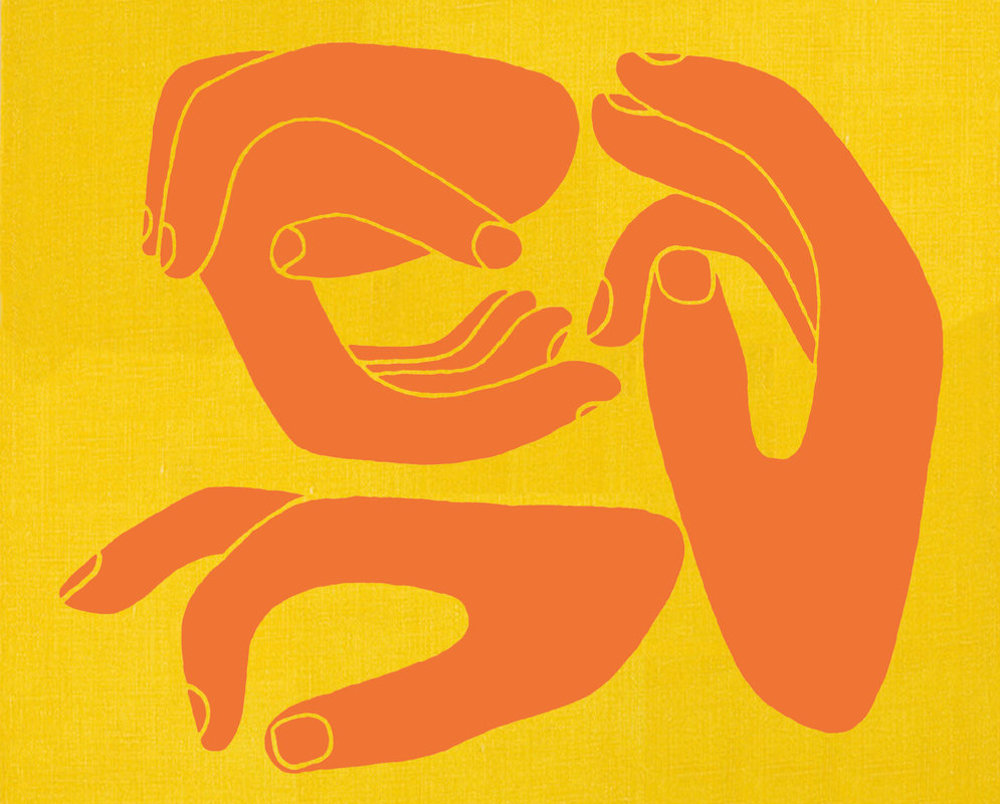 Staff Picks: Smugglers, Lovers, and Dead HusbandsBy The Paris ReviewApril 27, 2018This Week’s Readin
...[Details]
Staff Picks: Smugglers, Lovers, and Dead HusbandsBy The Paris ReviewApril 27, 2018This Week’s Readin
...[Details]
Joan Quigley, Ronald Reagan’s Guide to the Stars by Jessica Weisberg
 Joan Quigley, Ronald Reagan’s Guide to the StarsBy Jessica WeisbergJune 4, 2018Arts & Culture“Vi
...[Details]
Joan Quigley, Ronald Reagan’s Guide to the StarsBy Jessica WeisbergJune 4, 2018Arts & Culture“Vi
...[Details]
Poetry Rx: I Wish You a Tongue Scalded by Tea
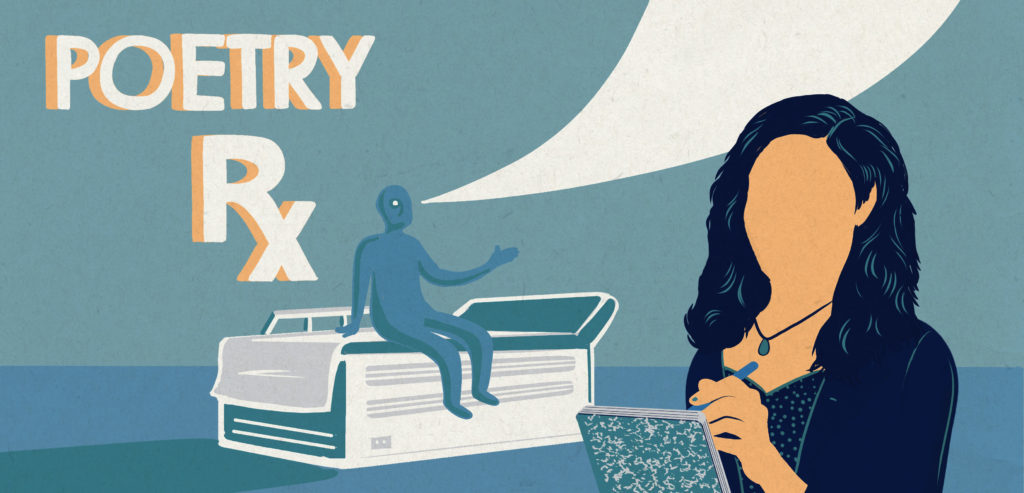 Poetry Rx: I Wish You a Tongue Scalded by TeaBy Sarah KayMay 31, 2018Poetry RxIn our column Poetry R
...[Details]
Poetry Rx: I Wish You a Tongue Scalded by TeaBy Sarah KayMay 31, 2018Poetry RxIn our column Poetry R
...[Details]
Wordle today: The answer and hints for February 22, 2025
 Can't get enough of Wordle? Try Mashable's free version now O
...[Details]
Can't get enough of Wordle? Try Mashable's free version now O
...[Details]
What Our Contributors Are Reading This Month by The Paris Review
 What Our Contributors Are Reading This MonthBy The Paris ReviewMay 11, 2018This Week’s ReadingIn pla
...[Details]
What Our Contributors Are Reading This MonthBy The Paris ReviewMay 11, 2018This Week’s ReadingIn pla
...[Details]
Why are TikTok comments suddenly full of religious messages?

Nabokov Reads “The Ballad of Longwood Glen” by The Paris Review
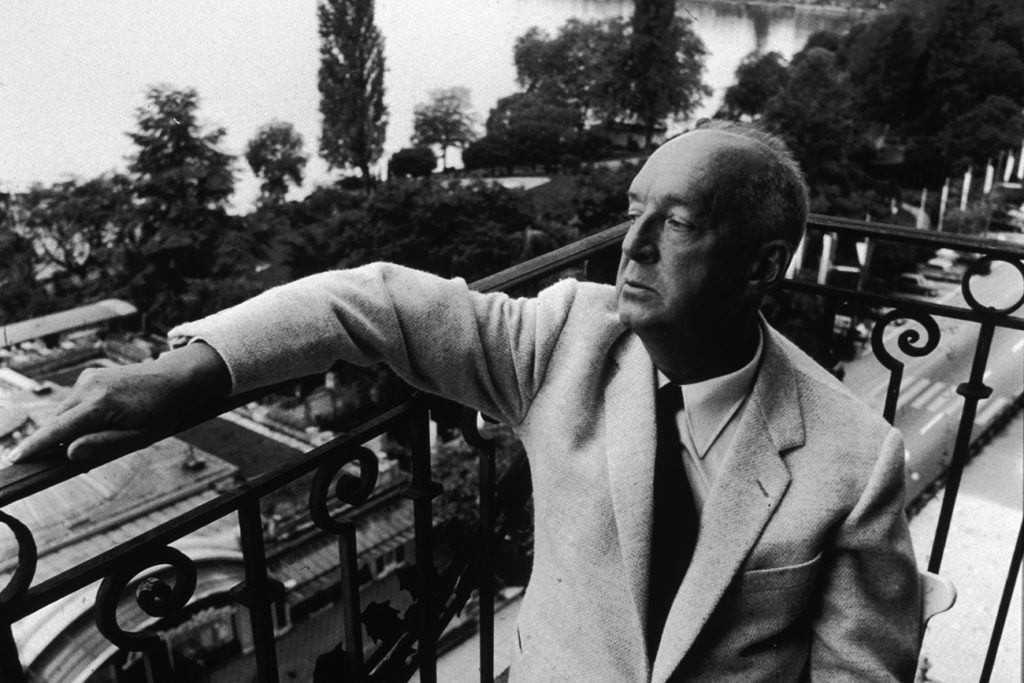
接受PR>=1、BR>=1,流量相当,内容相关类链接。